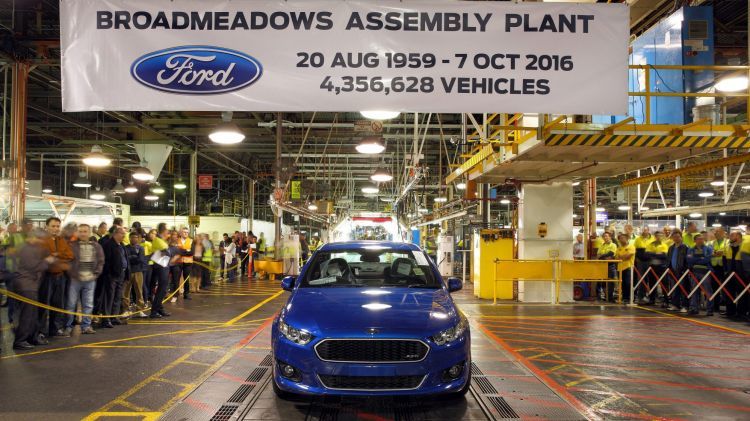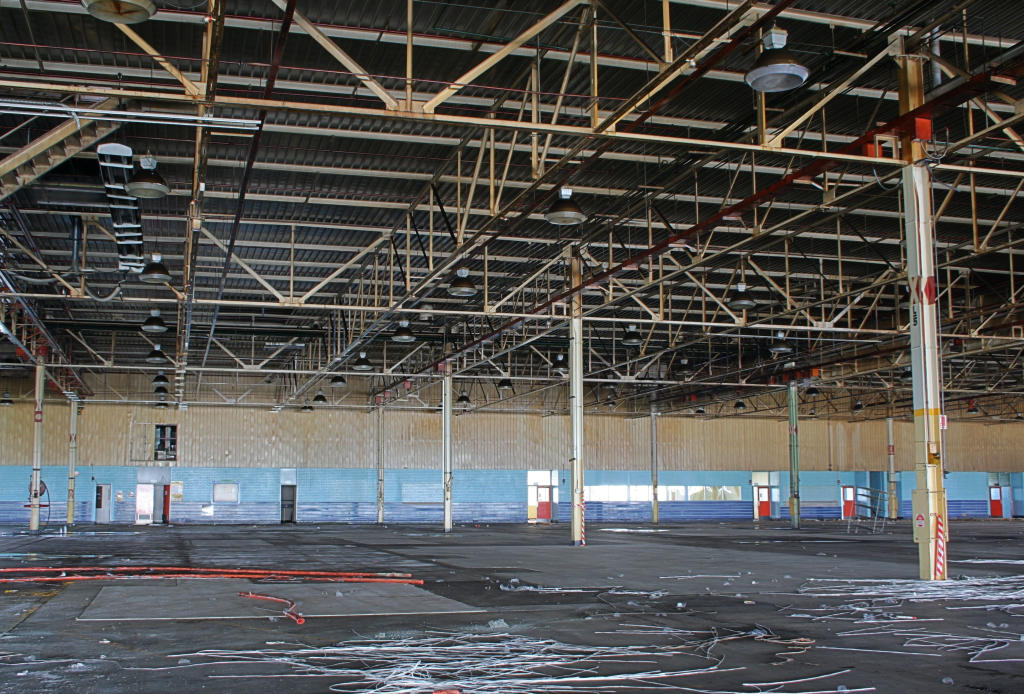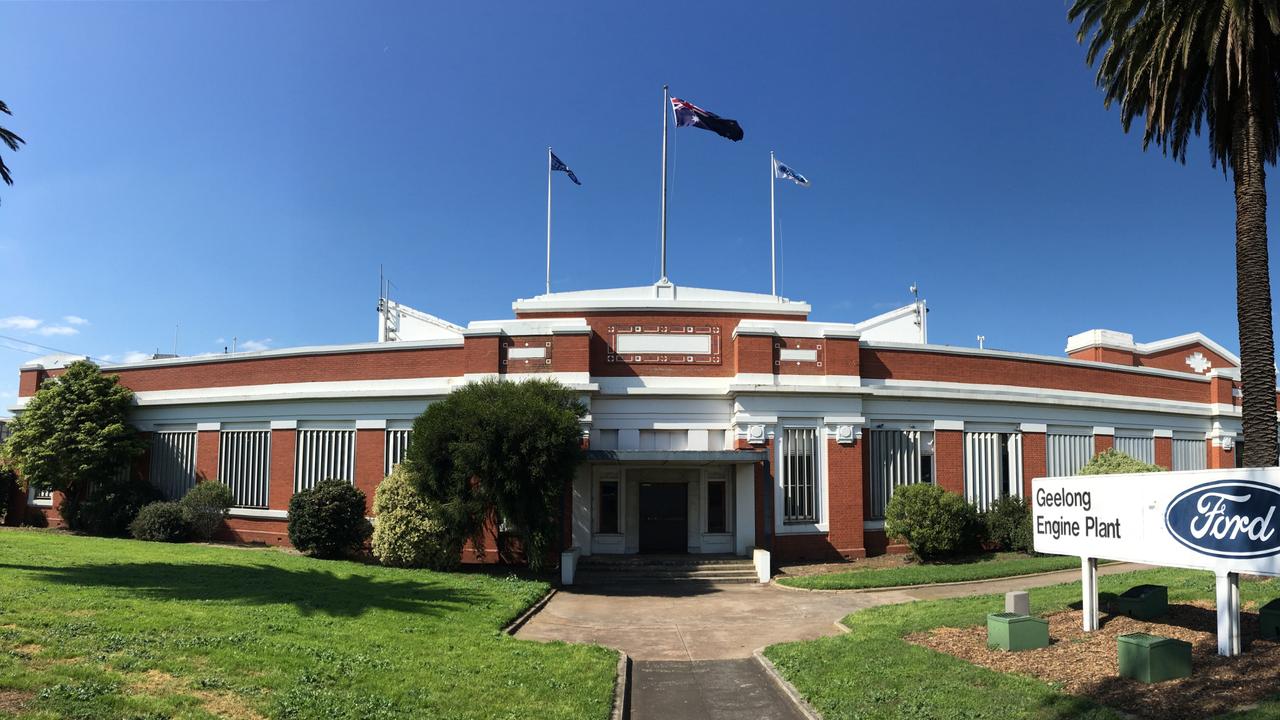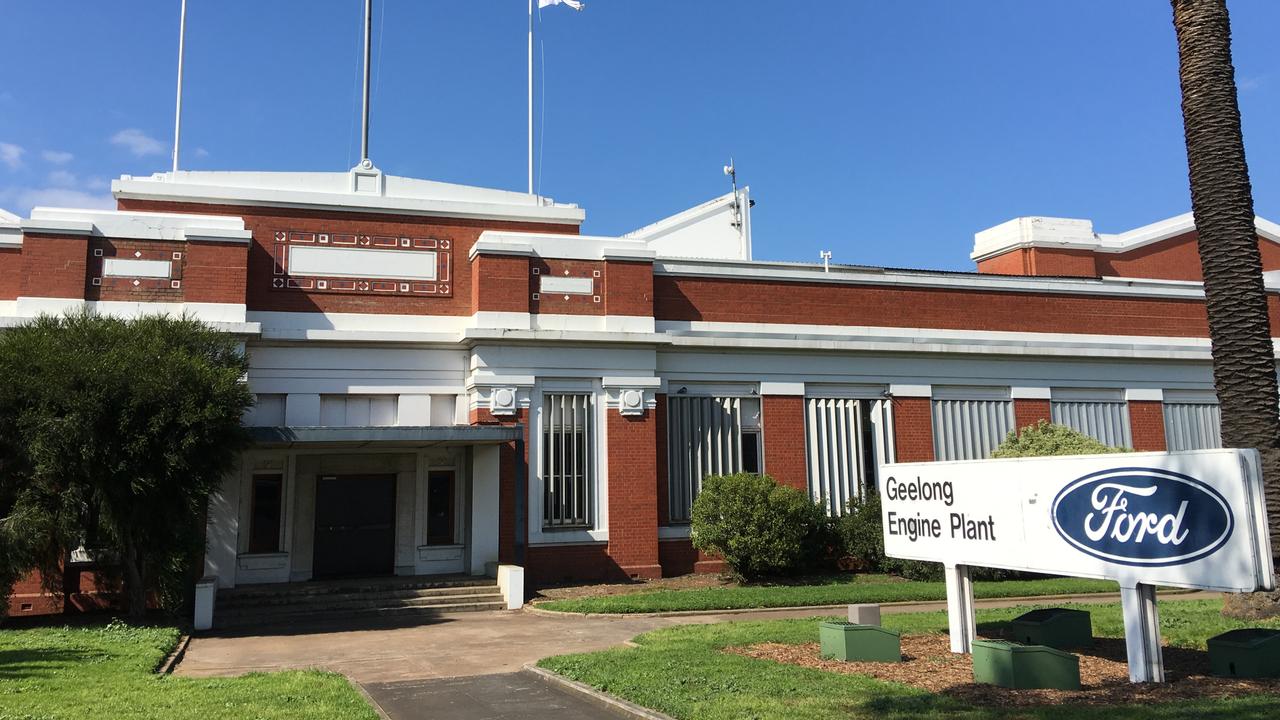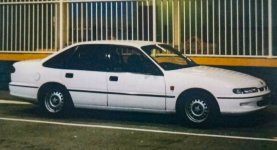DFB
Well-known member
- Aug 12, 2019
- 4,609
- 2,387
A lot of what is presented in this video I have thought for years. The way GM sacrificed divisions of the company outside of the USA to prop up their own deficiencies is pathetically bad business management, in fact its shameful. Instead of the US perhaps learning from the success of the overseas markets, they exploited them instead......................
There is also some damming info about how Holden had to pay GM to use the VE's Zeta platform that THEY designed and engineered at their own cost. Again, instead of GM working as a united team, they were self-sabotaging. Then there was GM insisting Holden use its profits to bail out GM-DAT, effectively Daewoo. THAT is why Holden dropped all of the quality Opel models for the stream of woeful rebadged Korean vehicles like the Daewoo Kalos-based Barina, the woeful Epica, the Viva.................
The same applies to Ford Australia, there was never a desire to make products here, it was all about diverting government funding back to Detroit. Who remembers the EcoBoost Falcon, which including their own money was a co-investment with both federal and Victorian governments to the tune of $42-million dollars.
“We greatly appreciate the assistance of the Australian and Victorian governments towards the development of Falcon EcoBoost.
I'm sorry, but importing an engine and putting it into an existing platform did NOT cost what Ford said it did. Yes, crash testing a different frontal footprint is expensive, but not that expensive. The development cost of the EcoBoost was heavily inflated and ensured Ford Detroit enjoyed the bonus cash flow.
Be it Ford or Holden, there were multiple grave diggers that led to the death of locally made cars. But the fact that Ford and GM themselves played a role in digging that grave, well it's almost unbelievable.
"When an overseas division becomes profitable, it gets systematically drained to help Detroit and send more money to shareholders. They are not allowed to invest their own profits in updating factories and developing new models. And they can't keep them in a war chest, instead they are promised that GM itself will serve as their war chest, the problem is, the keys to this war chest remain in Detroit."
There is also some damming info about how Holden had to pay GM to use the VE's Zeta platform that THEY designed and engineered at their own cost. Again, instead of GM working as a united team, they were self-sabotaging. Then there was GM insisting Holden use its profits to bail out GM-DAT, effectively Daewoo. THAT is why Holden dropped all of the quality Opel models for the stream of woeful rebadged Korean vehicles like the Daewoo Kalos-based Barina, the woeful Epica, the Viva.................
The same applies to Ford Australia, there was never a desire to make products here, it was all about diverting government funding back to Detroit. Who remembers the EcoBoost Falcon, which including their own money was a co-investment with both federal and Victorian governments to the tune of $42-million dollars.
“We greatly appreciate the assistance of the Australian and Victorian governments towards the development of Falcon EcoBoost.
I'm sorry, but importing an engine and putting it into an existing platform did NOT cost what Ford said it did. Yes, crash testing a different frontal footprint is expensive, but not that expensive. The development cost of the EcoBoost was heavily inflated and ensured Ford Detroit enjoyed the bonus cash flow.
Be it Ford or Holden, there were multiple grave diggers that led to the death of locally made cars. But the fact that Ford and GM themselves played a role in digging that grave, well it's almost unbelievable.

